C4’s genre-defying film uses police transcripts to tell the story of Tony Martin’s arrest in his own words. Benji Wilson discovers the motive for it
Production company Story Films
Commissioners Rob Coldstream; John Hay
Length 1 x 60 minutes
TX 18 November, Channel 4
Executive producers Jonathan Smith; Peter Beard
Producer Kate Cook
Director Dave Nath
Post house The Farm
In the bowels of the old magistrate’s court in Weston-super-Mare, Steve Pemberton sits in a police cell. He’s playing the Norfolk farmer Tony Martin, who shot two burglars who entered his house in 1999. This drama is the story of the aftermath.
Daniel Mays, playing a detective, enters and, using the litany so familiar from crime drama, arrests Martin for attempted murder. He informs him that he does not have to say anything.
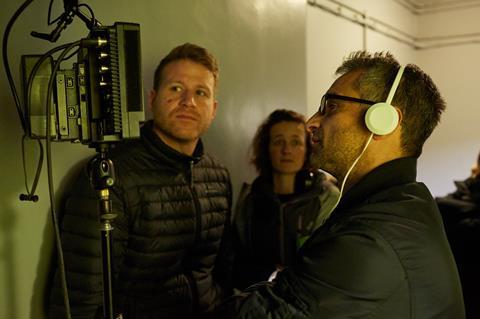
Luckily for The Interrogation of Tony Martin, Channel 4’s genre-defying true-crime drama, Martin had plenty to say.
The hour-long single film relies almost entirely on the words of Martin and his interrogators for its script: it follows police transcripts of the three days of interviews to the letter.
That means that aside from a brief flashback at the beginning and a real-life twist at the end, the action never leaves that interview room, with its peeling paint, two-bar heater and all.
Executive producer Peter Beard worked on C4’s documentary series 24 Hours In Police Custody, which follows cases from arrest to charge.
“That show reveals how much natural drama sits in one room,” he says. “With lots of the big cases that you hear about, the interrogation is a part of it that you never see. What happens in that room is the telling of events in their immediate aftermath, when it’s freshest in people’s minds – but it is the bit that you never really hear.”
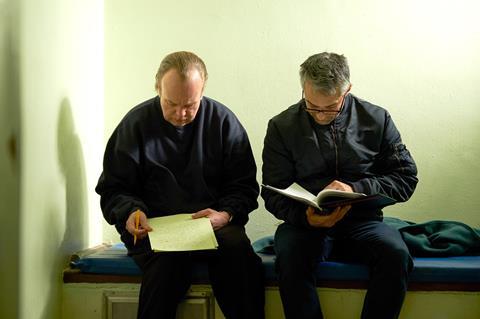
Beard and Dave Nath, the director of another influential true-crime series, BBC2’s The Murder Detectives, see The Interrogation Of Tony Martin as another step in the quest to achieve the ‘purest telling’ of a real crime.
“To see if we could make a script just from transcripts felt like a really interesting creative challenge,” says Beard. “But also, Dave and I are documentary- makers – that’s our background – so rooting the drama in the absolutely real felt really important.”
Yet unlike The Murder Detectives, Making A Murderer and other bastions of the true-crime genres, there is no video footage of Martin in the interview room.
This is why the team recreate the scenario using the real words spoken, with Pemberton playing Martin and Mays and Stuart Graham as the detectives.
Gripping truth
“There’s been a huge resurgence in true crime and the way that series in the genre work,” says Pemberton, who himself writes a skewed crime comedy-drama in the form of the BBC’s Inside No. 9.
“True-crime shows are shaped like dramas now and have cliffhangers: they’re gripping and they get people talking. But with this project, I thought it was a really bold decision to just stay in the interrogation room. To try to recreate the action of it would have been a mistake – it’s not about that; it’s about what Tony Martin said and the insight it gives into his character.”
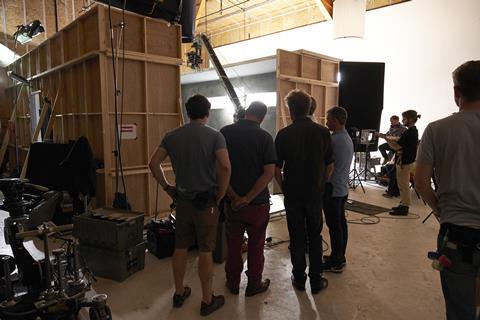
Mays has played several police officers in the past, most recently in Line Of Duty, where he was on the receiving end of one of writer Jed Mercurio’s fictional interrogation scenes.
“I don’t think I’ve ever done anything like this before,” he says. “It’s a wonderful character study really. Tony is this rather difficult character you just cannot work out so you can’t take your eyes off the story – there’s a great ambiguity that runs through it all.
“I’m near finishing my work on this and reading the transcripts, but I still can’t make a judgement on whether or not he meant to kill a man that night.”
The end result, Pemberton hopes, will be the same as with the best true-crime documentaries: it will get people talking about the Tony Martin case and issues of self-defence and reasonable force, as they did when it was first in the headlines in 1999.
He says it is also about getting people to ask what they would do in the same situation and whether Martin was right.

It’s a tricky subject – a jury did find Martin guilty of murder but his life sentence was reduced to manslaughter on appeal and he ultimately served three years. Pemberton says the reaction of the “court of public opinion” should provide a fascinating insight.
Martin, who was released from prison in 2003, was involved in the making of the film. “One of our starting points was we wanted to have the accused on board,” says Beard.
Indeed, it was Martin who was able to access the original transcripts from a police FOI request, but the producers saw him as an ideal subject for narrative purposes, too.
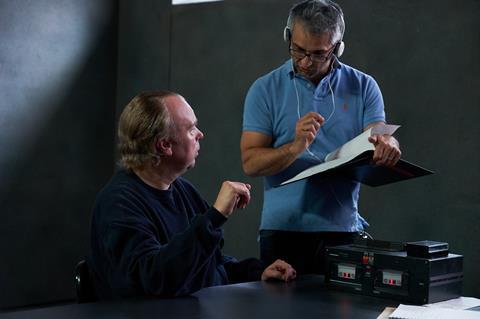
“Tony talks,” says producer Kate Cook. “He feels like he’s got justice on his side from the outset. We never knew until we got the transcripts how interesting the interview would be. But he just opens up.”
“What’s striking is just how multifaceted he is,” says Pemberton, who notes that director Nath has divided the single into four parts that will each show “a different aspect” of Martin.
“He comes out with an awful lot of stuff about his past, his childhood, and just how vulnerable and emotional he was. He is intelligent, well-spoken and articulate. He’s eccentric, that’s for sure, and some of his phraseology has been hard to learn, but also he’s very emotional.”
Best of all for a drama based on truth, the story reveals Martin as a superb storyteller.
“He tells it like he’s down the pub with his friends,” says Pemberton. “He talks about the sounds that were made, what he could see at certain points; he recreates it for us. The police just sit back and listen to him – but then they turn it all back on him.”
SHOOTING IN ONE ROOM
Dave Nath, director
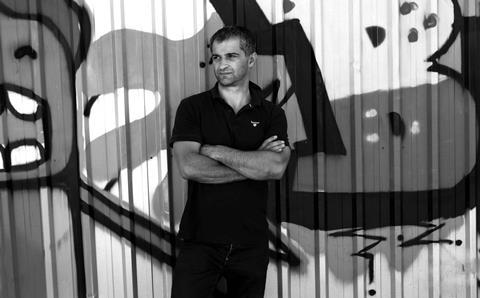
There are obvious challenges to shooting a drama in one room, with just four actors, a table and chairs.
We wanted to build our own set rather than use a real police interview room. We wanted a stylised, filmic aesthetic placing us firmly in the world of drama rather than documentary. And we wanted to use a 360-degree circular track and crane, so a police interview room was totally impractical.
The film is effectively one scene – it’s like a play – so we broke it down into sections where the narrative or tone naturally shifts. It meant that actors would perform very long takes.
We rehearsed intensively for a week before the shoot, so the cast was word-perfect – an intrinsic demand of a verbatim drama.
Director of photography Mike Timney and I spent hours storyboarding where the camera would be positioned for each scene – Mike likes to use Playmobil figures to do this. In a single-location film, the camera becomes a hugely important tool to keep the viewer engaged by varying its position and POV.
Having decided never to cut out of the room into any form of reconstruction, sound design became crucial. Editor Joe Carey and mixer Rowan Jennings worked tirelessly to bring the night of the shooting to life.























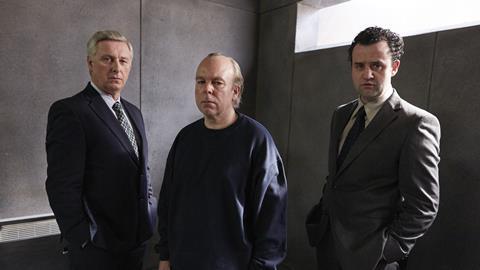






No comments yet